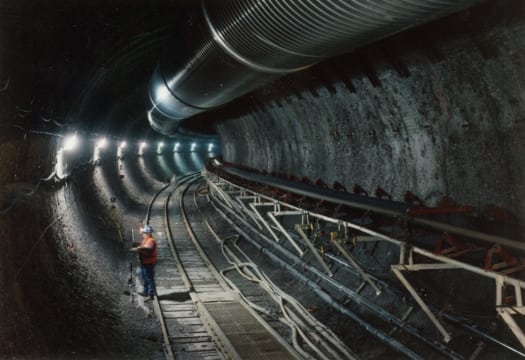
HENDERSON, Nev. — There is little chance the appropriations bill covering the Department of Energy and Nuclear Regulatory Commission will provide any funding in fiscal 2019 for licensing the long-planned Yucca Mountain nuclear-waste repository in Nevada,…